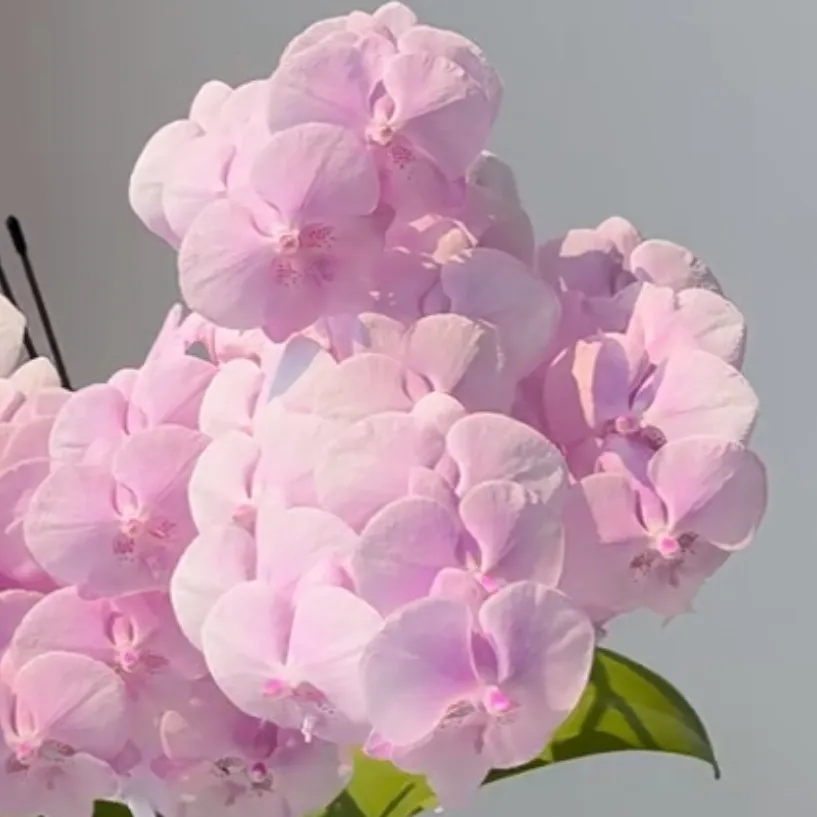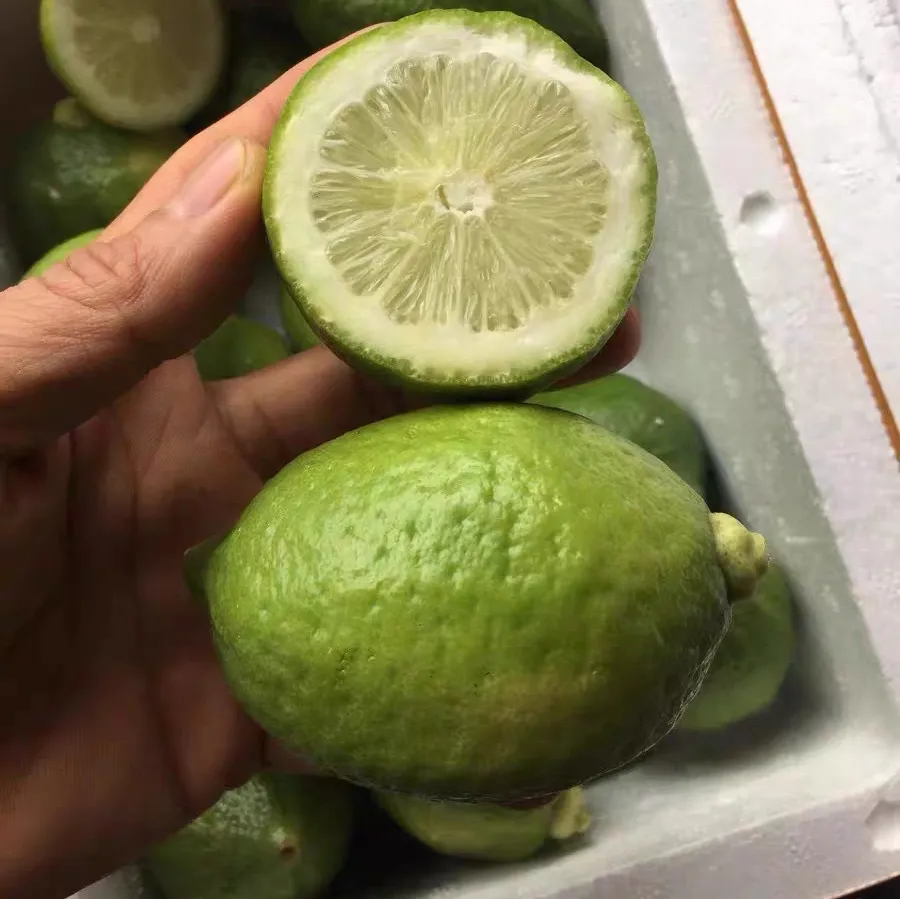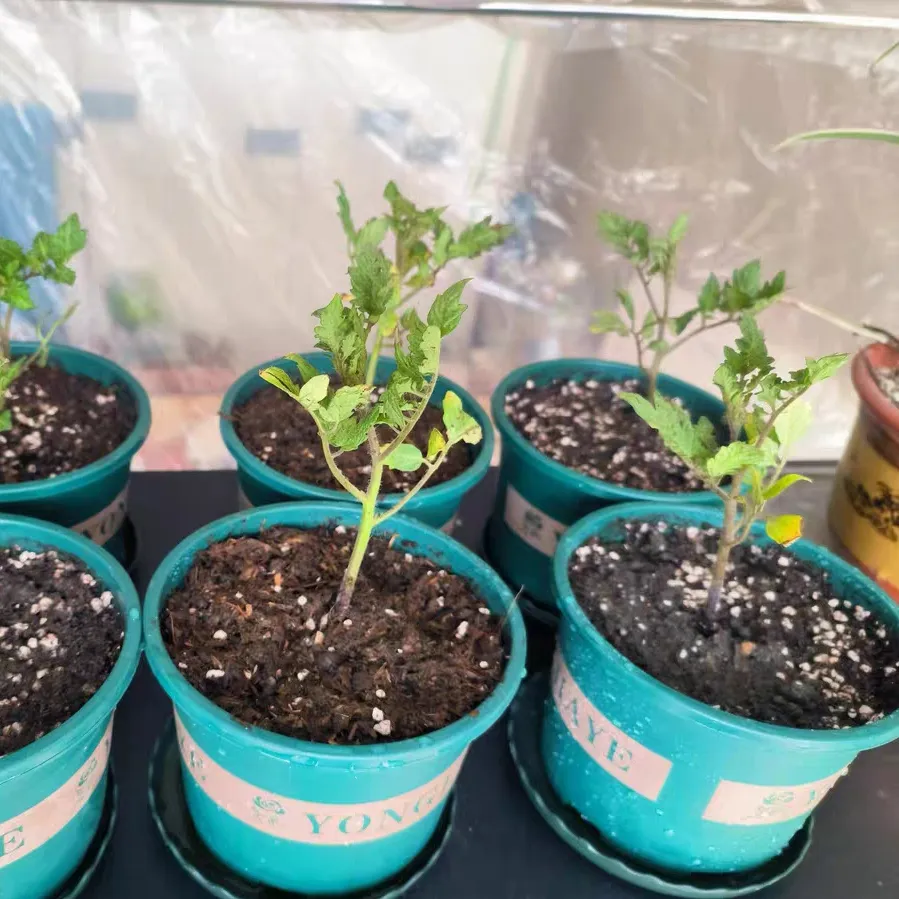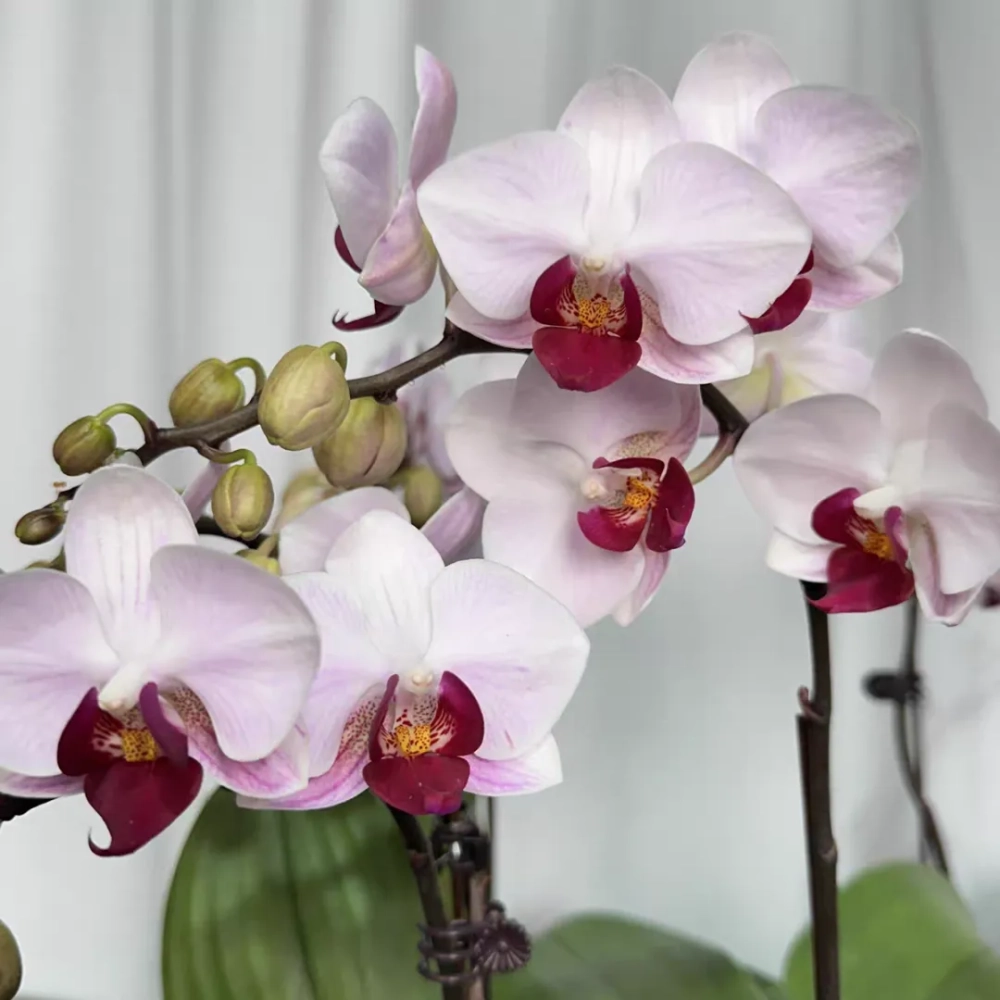Pink Phalaenopsis is loved by many flower enthusiasts for its delicate pink flowers.
The flowers of pink Phalaenopsis are relatively large and usually belong to large-flowered varieties. The petals are delicate and fine, and the pink tone gives a feeling of tenderness and romance. The flower shape is like a dancing butterfly, with a beautiful posture and great ornamental value.
Here are some cultivation methods and precautions for pink Phalaenopsis.
Cultivation methods:
1. Substrate selection
Phalaenopsis likes substrates with good air permeability and drainage. You can choose sphagnum moss, bark, coconut shell, etc. as planting substrates.
2. Light requirements
Pink Phalaenopsis has moderate light requirements. It cannot tolerate strong direct sunlight and should be placed in a bright place with scattered light. For example, a position near a window but avoiding direct sunlight.
3. Temperature control
Appropriate temperature is crucial for the growth of Phalaenopsis. It likes a warm environment, and the growth temperature is generally between 18℃ and 28℃. In winter, pay attention to keeping warm to avoid damage to the plant due to too low temperature.
4. Watering points
Water in moderation to avoid overwatering. The root system of Phalaenopsis is relatively sensitive to water, and too much water easily leads to root rot. Generally, water when the surface of the substrate is slightly dry. You can use spraying to increase air humidity.
5. Fertilization method
During the growth period, appropriate fertilization can be done. Choose special Phalaenopsis fertilizer and fertilize according to the instructions. Generally, apply a thin liquid fertilizer every 1-2 weeks.
Precautions:
1. Good ventilation
Maintain a good ventilation environment and avoid stuffy and humid conditions. This helps reduce the occurrence of pests and diseases and is also beneficial to the growth of Phalaenopsis.
2. Avoid frequent moving
Phalaenopsis is relatively sensitive to environmental changes. Try to avoid frequently moving its position. Otherwise, it is easy to cause flower drop or poor growth.
3. Prevention and control of pests and diseases
Regularly check the leaves and flowers of Phalaenopsis. When pests and diseases are found, take measures in time. You can use biological control or low-toxicity pesticides for prevention and control.
4. Timing for potting change
When the root system of Phalaenopsis fills the flowerpot, you can consider changing the pot. Generally, change the pot after the flowering period. Be careful during the operation to avoid damaging the root system.
How to take care of pink Phalaenopsis?

Share with
Tagged in :




Leave a Reply